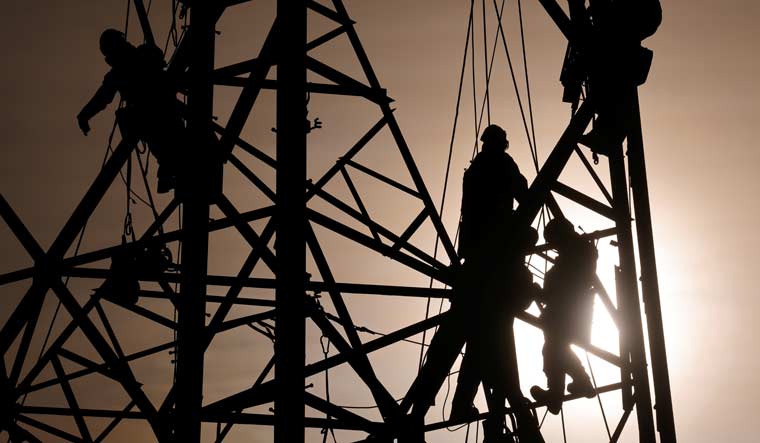A severe second wave of the coronavirus pandemic has led administrations across India to impose stricter restrictions and curfews in various states. The restrictions are likely to lead to uncertainties over growth in demand in the country's power sector. Though the full implications of the current restrictions are yet to be ascertained, power demand has so far not shown any signs of waning and continues to trend at a healthy growth rate.
According to a recent report by Motilal Oswal funds from the PFC (Power Finance Corporation Ltd), REC (Rural Electrification Corporation)-led Atmanirbhar scheme has also picked up pace, and along with the improved demand in the power sector has aided the receivables situation of generators.
The Motilal report points out that the power demand has continued to remain firm and over the past six months, the demand had witnessed continued recovery (2HFY21 of more than 8 per cent year on year, leading to a drop of just 0.7 per cent in FY21). However, with the states announcing stricter restrictions and curfews, amid the rise in Covid-19 there are uncertainties over near-term demand. The report observes that over the past one week as well, despite restrictions and curfews across states, demand has held firm. In particular, power demand for states such as Gujarat and Maharashtra, which are key industrial regions, is up 48 per cent and 36 per cent respectively.
The report states that power generating companies have been struggling with mounting receivables from DISCOMs (power distribution companies). However, this too has remained under check in the previous few months, due to a rise in the demand of power and disbursal of money through the PFC-REC liquidity package.
As per the report, the total disbursal under the PFC-REC scheme now stands at Rs 760 billion. A total of Rs 1.36 trillion has been sanctioned under this scheme. Disbursal of the remaining amount is expected to be a key positive for the sector. The report points out that in case restriction leads to a decrease in power demand it can have an impact on DISCOM revenues and further stretch payments to power generating firms.
Another report by the HDFC Securities on the power sector observes that while the demand for power had been impacted by the pandemic in the first half of the FY21, its revival had far exceeded the expectation. The second half of the FY21 saw 7.5 per cent yoy growth in both demand and generation, which curbed the FY21 decline in power demand to only 1 per cent. “We expect FY22 to witness 12 per cent yoy growth in demand and generation, led by recovery across economic activities and low FY21 base. However, the pandemic has further aggravated the ailing financial status of the discoms, resulting in a steep rise in their dues towards the power generating companies (scaling a new peak of Rs 1.4 trillion in Jan’21) and eventually a sharp rise in its borrowings. While the proposed reform measures like the Draft Electricity Amendment Bill will act as a silver lining towards reviving the sector, its successful implementation remains a key trigger to watch out for,” remarked Anuj Upadhyay, Institutional Research Analyst, HDFC Securities.
also read
This expert estimates that the demand is expected to increase by 12 per cent YoY in FY22 as with power demand having attained a new peak during January to March 2021, it will increase led by revival in economic activities and low FY21 base. He also observes that renewable energy will dominate capacity addition growth, going ahead assuming normalcy in economic activity from FY22 onward. This experts also feel that the success of power reforms will also depend on its proper execution as in order to provide the much-needed support to the power sector, the power ministry has announced a series of measures and reforms, including the fourth draft Electricity Amendment Act that primarily focuses on delicensing of distribution segment, Rs 3.1 trillion budgetary support for improving distribution infrastructure and reform linked distribution scheme. “These measures would lead to a turnaround in the sector only if executed successfully, which would enable sub-sectors like power generating companies and transmission companies more importantly, the power distribution companies to become self-sufficient and improve their operational efficiencies,” added Upadhyay.





